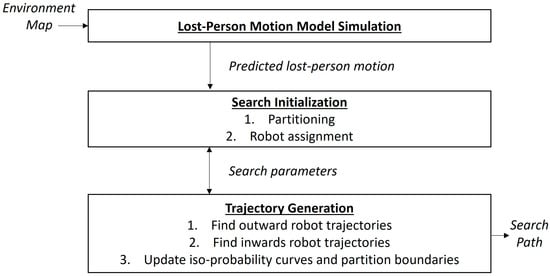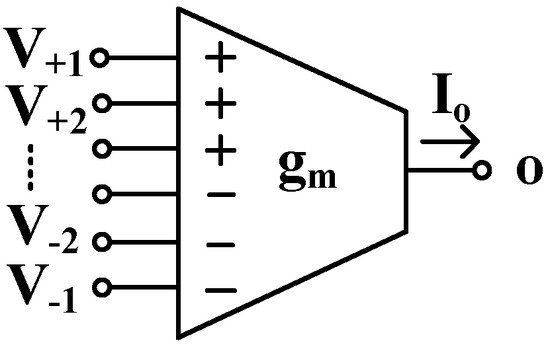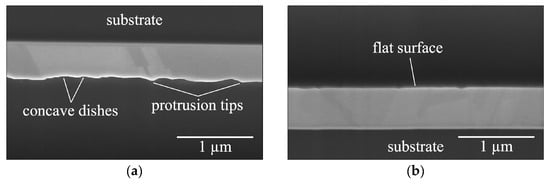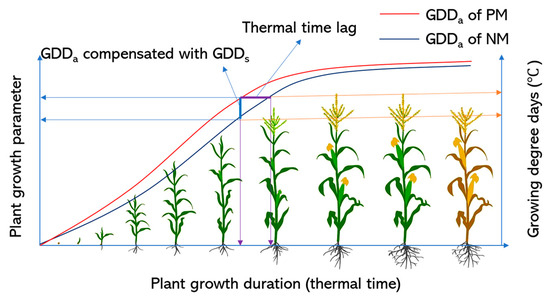The only reliable factor that reduces the risk of colorectal carcinogenesis is physical activity. However, the underlying mechanisms remain unclear. In this study, we examined the effects of physical activity against gut microbiota, including mucosa-associated microbiota (MAM) on azoxymethane-induced colorectal tumors in obese
[...] Read more.
The only reliable factor that reduces the risk of colorectal carcinogenesis is physical activity. However, the underlying mechanisms remain unclear. In this study, we examined the effects of physical activity against gut microbiota, including mucosa-associated microbiota (MAM) on azoxymethane-induced colorectal tumors in obese mice. We divided the subjects into four groups: normal diet (ND), high-fat diet (HFD), ND + exercise (Ex), and HFD + Ex groups. The Ex group performed treadmill exercise for 20 weeks. Thereafter, fecal and colonic mucus samples were extracted for microbiota analysis. DNA was collected from feces and colonic mucosa, and V3–V4 amplicon sequencing analysis of the 16SrRNA gene was performed using MiSeq. The HFD group had significantly more colonic polyps than the ND group (ND 6.5 ± 1.3, HFD 11.4 ± 1.5,
p < 0.001), and the addition of Ex suppressed the number of colonic polyps in ND and HFD groups (ND 6.5 ± 1.3, ND + Ex 2.8 ± 2.5,
p < 0.05). The HFD group showed significantly lower concentrations of succinic, acetic, butyric, and propionic acids (mg/g) in feces, compared with the ND group (succinic acid HFD 0.59, ND 0.17; acetic acid HFD 0.63, ND 2.41; propionic acid HFD 0.10, ND 0.47; and N-butyric acid HFD 0.31, ND 0.93). In the case of ND, succinic acid and butyric acid tended to decrease with Ex (succinic acid ND 0.17, ND + Ex 0.12; N-butyric acid ND 0.93, ND + Ex 0.74 0.74). Succinic acid, acetic acid, butyric acid, and propionic acid levels in feces were significantly lower in the HFD group than in the ND group; in both feces and mucus samples,
Butyricicoccus and
Lactobacillus levels were significantly lower in the HFD group.
Akkermansia was significantly increased in ND + Ex and HFD + Ex groups. Diet and exercise affected the number of colorectal tumors. Furthermore, diet and exercise alter intestinal MAM, which may be involved in colorectal tumor development.
Full article
 IJMS
IMPACT
IJMS
IMPACT Applied Sciences
IMPACT
Applied Sciences
IMPACT Sustainability
IMPACT
Sustainability
IMPACT Sensors
IMPACT
Sensors
IMPACT JCM
IMPACT
JCM
IMPACT Materials
IMPACT
Materials
IMPACT Molecules
IMPACT
Molecules
IMPACT Energies
IMPACT
Energies
IMPACT Electronics
IMPACT
Electronics
IMPACT Remote Sensing
IMPACT
Remote Sensing
IMPACT Cancers
IMPACT
Cancers
IMPACT Nutrients
IMPACT
Nutrients
IMPACT Mathematics
IMPACT
Mathematics
IMPACT Foods
IMPACT
Foods
IMPACT Buildings
IMPACT
Buildings
IMPACT Polymers
IMPACT
Polymers
IMPACT Animals
IMPACT
Animals
IMPACT Water
IMPACT
Water
IMPACT Plants
IMPACT
Plants
IMPACT Agronomy
IMPACT
Agronomy
IMPACT Biomedicines
IMPACT
Biomedicines
IMPACT Processes
IMPACT
Processes
IMPACT Microorganisms
IMPACT
Microorganisms
IMPACT Diagnostics
IMPACT
Diagnostics
IMPACT Nanomaterials
IMPACT
Nanomaterials
IMPACT Viruses
IMPACT
Viruses
IMPACT Medicina
IMPACT
Medicina
IMPACT Healthcare
IMPACT
Healthcare
IMPACT Cells
IMPACT
Cells
IMPACT Forests
IMPACT
Forests
IMPACT Agriculture
IMPACT
Agriculture
IMPACT Land
IMPACT
Land
IMPACT JMSE
IMPACT
JMSE
IMPACT IJERPH
IJERPH
 Symmetry
IMPACT
Symmetry
IMPACT Genes
IMPACT
Genes
IMPACT Pharmaceutics
IMPACT
Pharmaceutics
IMPACT Coatings
IMPACT
Coatings
IMPACT Micromachines
IMPACT
Micromachines
IMPACT Pharmaceuticals
IMPACT
Pharmaceuticals
IMPACT Atmosphere
IMPACT
Atmosphere
IMPACT Children
IMPACT
Children
IMPACT Religions
IMPACT
Religions
IMPACT Antioxidants
IMPACT
Antioxidants
IMPACT Life
IMPACT
Life
IMPACT Metals
IMPACT
Metals
IMPACT Biomolecules
IMPACT
Biomolecules
IMPACT Vaccines
IMPACT
Vaccines
IMPACT Education Sciences
IMPACT
Education Sciences
IMPACT Minerals
IMPACT
Minerals
IMPACT Horticulturae
IMPACT
Horticulturae
IMPACT Brain Sciences
IMPACT
Brain Sciences
IMPACT JPM
IMPACT
JPM
IMPACT Bioengineering
IMPACT
Bioengineering
IMPACT

















